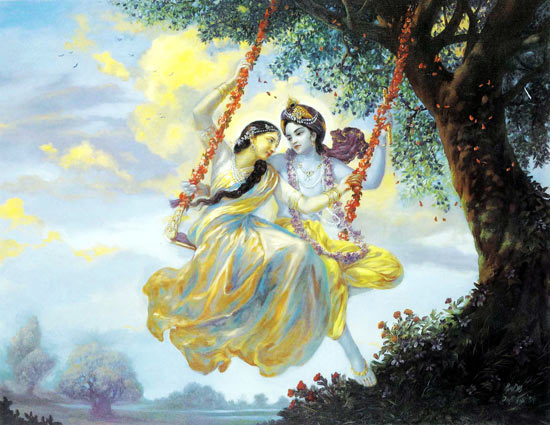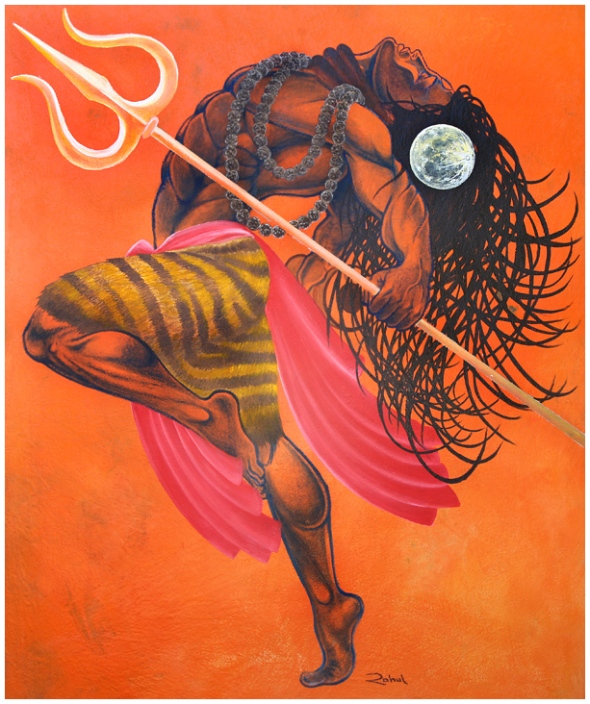

A Great collection of India mythology, mythology" is a collection of stories associated with a culture or institution or person. and in another form A myth is a religious story that involves a higher power or entity. The gods, goddesses, and other supernatural beings who appear in myths are worshipped or revered.
Showing posts with label Life. Show all posts
Showing posts with label Life. Show all posts
Wednesday, 17 December 2014
The Renukaji temple

Followers of God – The Sadhu Life

sadhu and swami, sadhu also spelled sadhu, in India, a religious ascetic or holy person. The class of sadhus includes renunciation of many types and faiths.
Labels:
Hindu,
Hinduism,
India,
Jyotish,
Life,
Mahamrityunjaya,
Mantra,
Mythology,
Myths,
Religion,
sadhana,
Sadhu,
shiva,
ShivaMahaPuran,
Shivling,
Soul,
Tantra
Tuesday, 16 December 2014
Soul Practice – The Yoga or Yogi Life’s

Application of Tilak

There are different types of Tilak, each differing in its significance. Tilak is worn on the Ajna Chakra, the centre of forehead, on the space between the eyebrows. Tilak is applied on the point at which the third eye or the spiritual eye is believed to open. All the actions of humans are governed by this specific point. Application of tilak is customary and infact, most of the Hindu ceremonies begin with the application of tilak. Well, Tilak can be made by using sandal paste, turmeric, kumkum or ashes. Depending on the purpose for which Tilak is applied, the material is chosen for preparing the sacred forehead mark.
Monday, 15 December 2014
Teej – The festival of swings
On the occasion of Teej, Goddess Parvati is worshiped by seekers for martial bliss and happiness. Teej is also referred as the festival of swings.Teej is held every year during the Hindu Month of Shravan (July or August) and marks the advent of monsoons. When the monsoon rains fall on parched land, the pleasing scent of wet soil rises into the air and spirits soar high in celebration. Song & dance mark the gaiety of the Teej festival. Women’s observe this festival by fasting and praying to Lord Shiva and Goddess Parvati for a happy married life.
The Radha-Krishna – love legend of all times


The Radha-Krishna amour is a love legend of all times. It’s indeed hard to miss the many legends and paintings illustrating Krishna’s love affairs, of which the Radha-Krishna affair is the most memorable. Krishna’s relationship with Radha, his favorite among the ‘gopis’ (cow-herding maidens), has served as a model for male and female love in a variety of art forms, and since the sixteenth century appears prominently as a motif in North Indian paintings. The allegorical love of Radha has found expression in some great Bengali poetical works of Govinda Das, Chaitanya Mahaprabhu, and Jayadeva the author of Geet Govinda.Radha, daughter of Vrishabhanu, was the mistress of Krishna during that period of his life when he lived among the cowherds of Vrindavan. Since childhood they were close to each other – they played, they danced, they fought, they grew up together and wanted to be together forever, but the world pulled them apart. He departed to safeguard the virtues of truth, and she waited for him. He vanquished his enemies, became the king, and came to be worshipped as a lord of the universe. She waited for him. He married Rukmini and Satyabhama, raised a family, fought the great war of Ayodhya, and she still waited. So great was Radha’s love for Krishna that even today her name is uttered whenever Krishna is refered to, and Krishna worship is though to be incomplete without the deification of Radha.
Sunday, 14 December 2014
The Shiva Tandava -as the destroyer of the universe.

Lord Shiva is also known as Nataraj, the Dancing God. This divine art form is performed by Lord Shiva and his divine consort Goddess Parvati. The dance performed by Lord Shiva is known as Tandava. Shiva’s Tandava is a vigorous dance that is the source of the cycle of creation, preservation and dissolution. Tandava depicts his violent nature as the destroyer of the universe.
A churel – A female ghost of South Asian folklore

A churel, also spelled as churail, chudail or chudel is a female ghost of South Asian folklore, which is equivalent of Lilith and well known in North India, Bangladesh and Pakistan. The word “churel” is also used colloquially for a witch.
India is a land of myths & legends – centuries of profound history has given this land endless fables rising from every nook & corner. When it comes to ghostly icons, one is obviously drawn to the globally acclaimed vampires, werewolves & Halloween charades. However, it is quite interesting to note that Indian Ghost Stories have its own counterparts to compete with this global folklore, some of which have more horrifying track records. The Indian counterpart for the witch is called Chudail or Chudel (चुड़ैल )(pronounced as chew-dale). In many places, it is also referred to as Daayan (डायन) (pronounced as dye-en), although there are many conceptual difference of opinions between these two terms regardless of their common origin. A Chudail is an Indian Witch or Female Ghost and is believed to arise from the death of a woman during child birth. Indian witch stories have many variations across the different states of India. For e.g. the north Indian states often believe that the Chudail can change its physical form and lure young men. Once she lures them into a lonely place, she pounces on them to either kill or have physical contact with them. In both the cases, the victim is supposedly drained off his life. The Chudail is supposed to live near graveyards or deep inside the forests.
Subscribe to:
Posts (Atom)